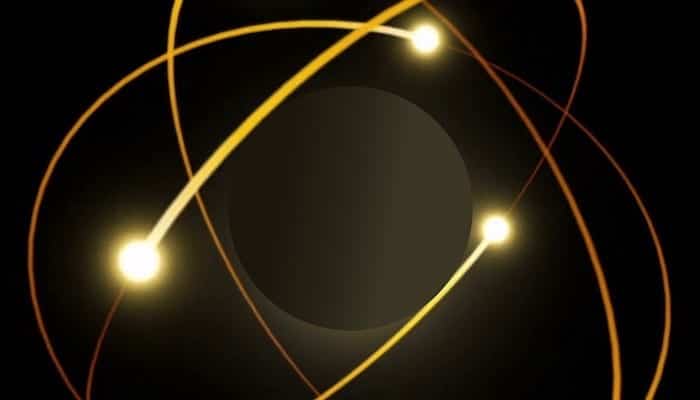Cardiac Myocyte Action Potential
aka BSCC Physiology 009
Basic Science in Clinical Context Examination: 2 minutes long in 2 parts.
- Exam candidate answering a question (under exam conditions)
- Professor providing a more detailed explanation (with transcript)
Draw and explain the action potential in a cardiac myocyte
Examinee response: Drawing and explanation in real-time video/audio
Examiner Explanation
Transcript
Cardiac Myocyte Action Potential
- This diagram is a diagram of a cardiac myocyte – a ventricular muscle cell as apposed to a cardiac pacemaker cell.
- The resting membrane potential (RMP) is -90mv. A membrane potential is the difference in electrical potential between the interior and the exterior of the cell membrane. It is created by active processes- the most important NAKATPase pump which pumps 3 sodium ions out of the cell and 2 potassium into the cell.
- There are also processes that involve selective ion channels and through these different processes you get a RMP.
- At a RMP there is no net movement of ions across the membrane.
- In a cardiac muscle cell the RMP is -90mv. On a side note: in a cardiac ventricular muscle cell, potassium channels open and allow further movement of potassium out of the cell creating a more negative environment inside the cell and a greater negative value of -90mv.
- With an action potential (AP) of a ventricular muscle cell, a stimulus from an adjacent cell excites the cell to a threshold of -70mv. At this stage a rapid depolarisation occurs Phase 0. This involves the movement of sodium into the cell. As sodium (a positive ion) moves into the cell, the inside of the cell becomes more positive and hence the graph shows that the MP becomes positive. At +20mv there is no further sodium movement into the cell and the concentration gradient decreases and stops the movement of sodium onto the cell.
- Phase 1 = early rapid repolarisation. A specific potassium channel opens and there is movement of potassium out of the cell. The goal is to get back to resting state of -90Mv. If there were no further events, the potassium would move out of the cell and the cell would achieve its RMP of -90mv. However, this is prevented by phase 2
- Phase 2 = is the plateau phase, the movement of calcium into the cell which balances the outward movement of potassium. It is in this plateau phase that the ventricular muscle cell contracts.
- Phase 3 = the late rapid repolarisation phase. There is potassium channels in conjuction with the potassium channel of phase 1 which open up and there is an increase movement of potassium out of the cell. The Ca channels close and the cell becomes more negative inside and therefore a resting state of -90mv is achieved. RMP -90mv.
- During this phase the cell undergoes contraction. It is important that the cell is not excited by any further stimuli which can activate/contract the cells again. This period, the ARP-absolute refractory period, prevents the cell from being depolarised or undergoing a contraction by any stimuli it may receive. Halfway through phase 3 there is the RRP-relative refractory period. At this stage if there is a stimulus which is large enough to activate the cell it could go through a depolarisation phase again before it reached its RMP and that when arrhythmias occur.
- The time course of this whole stage takes about 200 milliseconds

Basic Science
in Clinical Context
Emergency Physician, FACEM. Visual & kinaesthetic learner. Multi-modal teacher. Occasional filmmaker. | @drdeannechiu |
